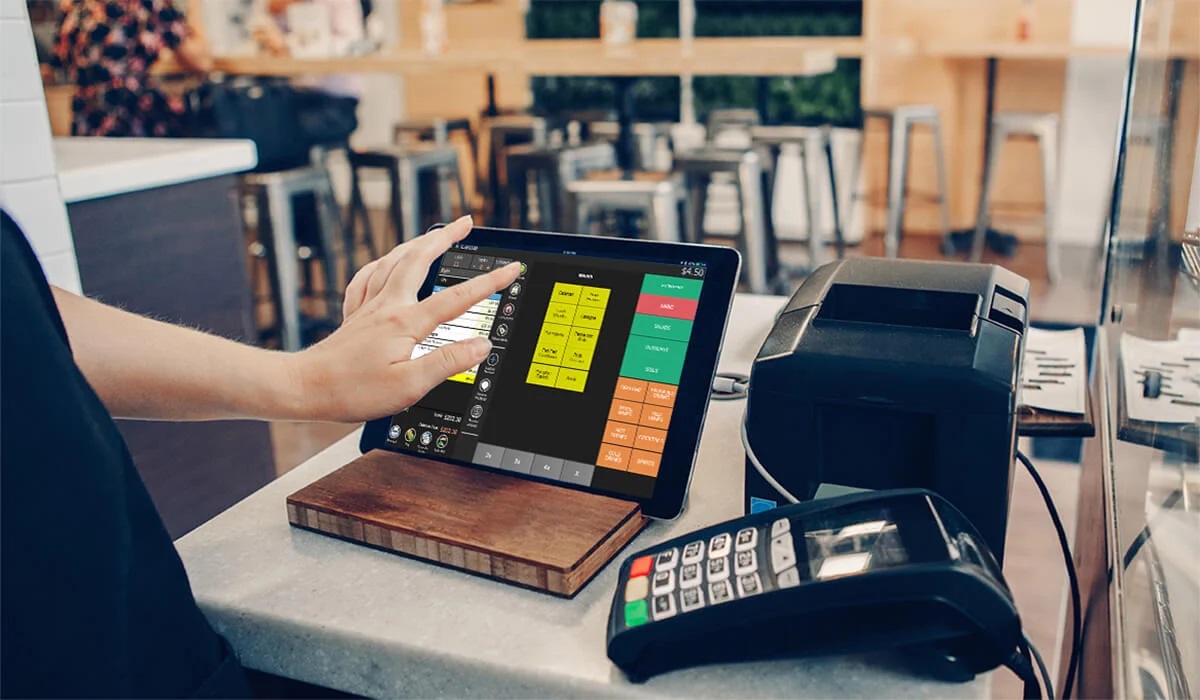
As businesses continue to grow and evolve, they require more advanced tools to streamline their operations. One of the most critical tools in modern business operations is a POS system. A POS system, or point of sale system, is a combination of hardware and software solutions that allows businesses to manage their sales, inventory, and customer data. In this comprehensive guide, we will discuss everything you need to know about POS systems, including their meaning, types, benefits, and how to choose the right one for your business.
What is a POS System?
A POS system is a computerized system that allows businesses to process transactions, manage inventory, and generate reports. The basic components of a POS system include a computer or tablet, a cash register, a barcode scanner, and a receipt printer. There are two main types of POS systems: traditional POS systems and cloud-based POS systems. Traditional POS systems are installed on a local server, while cloud-based POS systems are hosted on the cloud.

Benefits of POS Systems
There are several benefits of having a POS system in your business. Firstly, it increases efficiency and accuracy in transactions. Secondly, it enhances the customer experience by providing quicker and more reliable service. Thirdly, it improves inventory management by keeping track of stock levels and alerting you when inventory is running low. Lastly, it provides better data analysis and reporting, enabling businesses to make informed decisions.
Choosing the Right POS System
When selecting a POS system, there are several factors to consider. These include the size of your business, the type of industry you are in, and your budget. It is also essential to research popular vendors and their features. In Malaysia, there are several POS system software providers available that cater to different business needs. Million’s POS Software is the best choice among them.
Setting up and Installation
To set up a POS system, you need to ensure that you have the necessary hardware and software requirements. This includes a computer or tablet, cash register, barcode scanner, and receipt printer. The installation process may vary depending on the type of POS system you choose. However, most vendors provide installation guides and support to assist you in setting up your system.
Training and Usage
Once your POS system is up and running, it is crucial to train your staff on how to use it effectively. This includes training on daily operations, maintenance, and troubleshooting. With proper training, your staff can maximize the benefits of your POS system.
Troubleshooting and Support
Despite the benefits of using a POS system, issues may arise from time to time. Common issues include software glitches, hardware malfunctions, and connectivity problems. Most vendors provide support services to help you resolve these issues quickly.
Conclusion
In conclusion, a POS system is an essential tool for modern businesses. It streamlines operations, enhances customer experiences, and improves inventory management. When choosing a POS system, it is essential to consider your business’s needs, research popular vendors, and ensure that you have the necessary hardware and software requirements. With proper training and support, a POS system can help your business grow and thrive.







